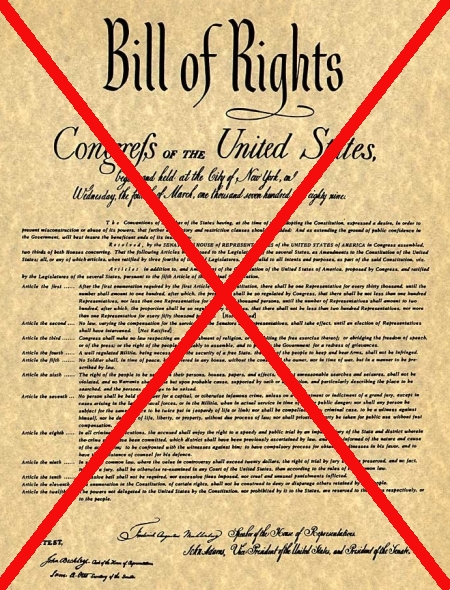Hints that NASA will redo the SLS static fire test
While NASA has not yet announced any decision on whether it will redo the full static fire test of its SLS core stage — following the January 16th abort — there are hints coming from industry sources that the agency is leaning to doing another test.
According to sources at the agency, program managers are in fact leaning toward conducting a second hot-fire test in Mississippi. Due to the need to obtain more propellant at the test site, conduct minor refurbishment to the vehicle, and possibly change the erratic sensor on Engine 4, the agency estimates it will require about three to four weeks before conducting another test.
Based on that schedule, the actual Artemis 1 unmanned flight, now set for November, will likely have to be delayed one month to December, since after the static fire test it will take several months to disassembly and prep the core stage for shipment to Florida and then reassembly it and prepare it for launch. That November launch date was predicated on a successful completion of the static fire test by January.
NASA and Boeing (the lead contractor building SLS) do not have much schedule margin however. They have begun stacking the solid rocket boosters that strap-on to the core stage. Once this is done the boosters supposedly have a life span of approximately one year, which means the launch must occur by about January ’22 though I would not be surprised if NASA waives that use-by-date if it needs to.
I am in a betting mood this morning. Want to bet SpaceX’s Starship completes its first orbital flight before SLS, even though it has been in development for one tenth the time (2 years vs 20) and for one thirtieth the cost ($2 billion vs $60)? I think the odds right now are very very likely. One way or the other, the race will definitely be neck-and-neck.
While NASA has not yet announced any decision on whether it will redo the full static fire test of its SLS core stage — following the January 16th abort — there are hints coming from industry sources that the agency is leaning to doing another test.
According to sources at the agency, program managers are in fact leaning toward conducting a second hot-fire test in Mississippi. Due to the need to obtain more propellant at the test site, conduct minor refurbishment to the vehicle, and possibly change the erratic sensor on Engine 4, the agency estimates it will require about three to four weeks before conducting another test.
Based on that schedule, the actual Artemis 1 unmanned flight, now set for November, will likely have to be delayed one month to December, since after the static fire test it will take several months to disassembly and prep the core stage for shipment to Florida and then reassembly it and prepare it for launch. That November launch date was predicated on a successful completion of the static fire test by January.
NASA and Boeing (the lead contractor building SLS) do not have much schedule margin however. They have begun stacking the solid rocket boosters that strap-on to the core stage. Once this is done the boosters supposedly have a life span of approximately one year, which means the launch must occur by about January ’22 though I would not be surprised if NASA waives that use-by-date if it needs to.
I am in a betting mood this morning. Want to bet SpaceX’s Starship completes its first orbital flight before SLS, even though it has been in development for one tenth the time (2 years vs 20) and for one thirtieth the cost ($2 billion vs $60)? I think the odds right now are very very likely. One way or the other, the race will definitely be neck-and-neck.





